The days are longer and people are getting more active. They are bringing their dogs out of sedentary semi-retirement, and some of them are at the point where a 3-month "off-season" over winter is like you taking 18 months away from your favourite activity. Then add in a few more weeks where it is too hot to walk much.
Don't forget Summer to Summer is a whole 7 years for a dog, and how many of us are as fit now as we were 7 years ago?
So here comes the trip to the shifting sands of the beach... with the family and the ball or the Frisbee, and we all remember how much fun that is, and try to keep up...
We are usually sensible enough to bring home a mild case of sunburn at worst, but often our de-conditioned dogs do not fare so well. If they do not suffer an instantly recognizable acute injury, they will often be stiff on rising or lame that night, or the following day.
So now you are faced with the talk about possible cruciate injury.
What do you recommend?
A couple of weeks with Nsaids and strict rest?
Then the inevitable question.
Does my pet need to have surgery?
Pet parents often contact me with this question. For financial, medical or emotional reasons they are often keen to avoid surgery.
I am always mindful of this quote from Philippe Delince. "At present there are no evidence based arguments to recommend a systematic, surgical reconstruction to any human patient who tore their ACL".
Before we get into a surgical vs. non-surgical debate it is always crucial to determine if it is CCL disease, or if there are any secondary disease processes causing hind limb pain and/or affecting normal tissue healing.
Surgery may not be an option if:
other medical conditions limiting healing are present
the dog is overweight, too immature, or has other acute traumatic injuries which take priority.
the owner is unable to cope with post surgical requirements such as exercise restriction or progressive rehab exercises and no other pet care options are available.
It is worth noting that neither surgery nor rehabilitation cures cruciate disease, they only alleviate the symptoms- permanently we hope.
When speaking to owners of dogs with cruciate injury I always stress:
if there is no improvement in the dog within 8 weeks using controlled rehab exercises and conservative management, surgery should be considered as the best option for their pet
arthritis will always occur, with surgery or without. The more laxity and movement in the joint the more arthritis (and often more pain) there will be
if owners want to avoid surgery then they must follow strict exercise controls including no running, jumping or rough house play
Early rehabilitation exercises following cruciate injury/surgery
Related Reading/References Below
Long Term Functional Outcome of Tibial Tuberosity Advancement vs. Tibial Plateau Leveling Osteotomy and Extracapsular Repair in a Heterogeneous Population of Dogs
Krotscheck, U., Nelson, S. A., Todhunter, R. J., Stone, M. and Zhang, Z. (2016), Long Term Functional Outcome of Tibial Tuberosity Advancement vs. Tibial Plateau Leveling Osteotomy and Extracapsular Repair in a Heterogeneous Population of Dogs. Veterinary Surgery. doi: 10.1111/vsu.12445
www.veterinarypracticenews.com/November-2012/Questioning-Canine-Cruciate-Ligament-Surgery
Anterior cruciate ligament tears: conservative or surgical treatment? A critical review of the literature
Delincé P1, Ghafil D. Department of Orthopaedic Surgery and Traumatology, Centre Hospitalier Universitaire Saint-Pierre, 322 rue Haute, 1000, Bruxelles, Belgium.







